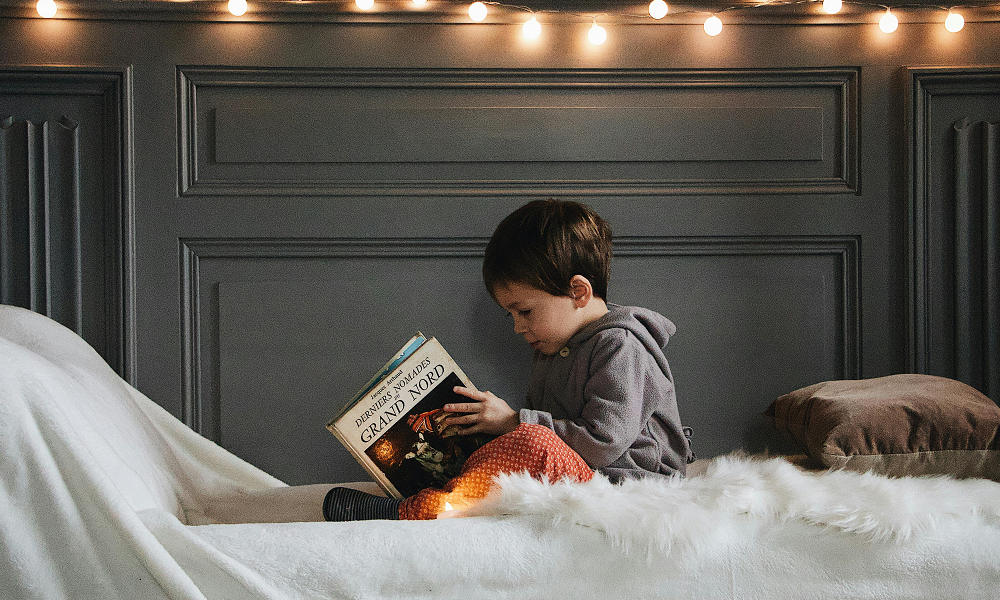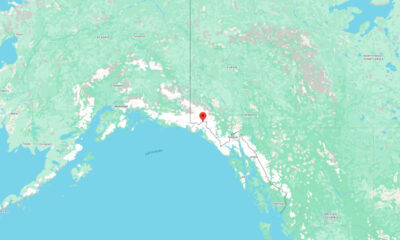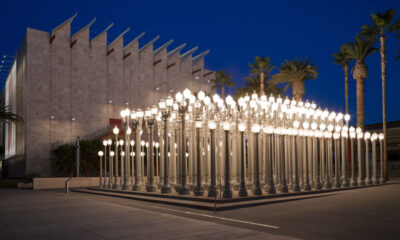Reviews
Safety Tips for Kids’ Bed Selection

Selecting the right bed for your child is an important decision that impacts their comfort, safety, and overall well-being. Children spend a significant amount of time sleeping, so ensuring that their bed is both safe and comfortable is essential.
With a wide variety of options available, from bunk beds to loft beds and traditional single beds, it’s important to consider several safety factors before making a purchase. Here are some key safety tips to keep in mind when selecting kids beds.
1. Choose the Right Bed Size
Age-Appropriate Bed Size
Selecting a bed that is appropriate for your child’s age and size is crucial. A bed that is too large can make your child feel insecure, while a bed that is too small can be uncomfortable and limit their movement. For younger children transitioning from a crib, a toddler bed or a single bed with safety rails is ideal. These beds are low to the ground, reducing the risk of injury from falls.
Growth Considerations
Consider the long-term use of the bed as well. If you plan to use the bed for several years, choose a size that will accommodate your child’s growth. A single or twin-sized bed is often a good choice for this purpose. Make sure there is enough room for your child to stretch out comfortably as they grow.
2. Prioritize Sturdy Construction
Solid Frame
The bed frame should be solid and well-constructed to withstand the daily activities of an active child. Look for beds made from durable materials like solid wood or high-quality metal. Check that all parts of the bed are securely fastened and that there are no loose or wobbly components that could pose a safety hazard.
Quality Mattress Support
Ensure that the bed provides adequate support for the mattress. Slats or a solid base should be evenly spaced and sturdy enough to hold the mattress and your child’s weight. A poorly supported mattress can sag, leading to discomfort and potential safety risks. If you choose a bed with slats, make sure they are close enough together to prevent the mattress from sagging between them.
3. Consider Bed Height and Accessibility
Low Beds for Younger Children
For younger children, it’s best to choose a bed that is low to the ground. This reduces the risk of injury if your child rolls out of bed during the night. Low beds also make it easier for your child to get in and out of bed independently, promoting confidence and self-sufficiency.
Bunk Beds and Loft Beds
If you’re considering a bunk bed or loft bed for an older child, pay special attention to the bed’s height and the distance between the top bunk and the ceiling. The top bunk should have guardrails on all sides, with a gap no wider than 3.5 inches to prevent accidental falls.
Additionally, the ladder should be securely attached and easy to climb. Ensure there is enough clearance between the top bunk and the ceiling to prevent head injuries.
4. Ensure Proper Guardrails and Safety Features
Guardrails
Guardrails are essential safety features for beds used by young children. Whether it’s a bunk bed, a loft bed, or a single bed, guardrails prevent your child from accidentally rolling out of bed during the night. For the top bunk of a bunk bed, guardrails should be on both sides and extend at least 5 inches above the mattress top. For single beds, you can add detachable guardrails if necessary.
Rounded Edges and Corners
When choosing a bed, look for one with rounded edges and corners to minimize the risk of injury. Sharp corners can cause bumps and bruises if your child accidentally hits them while playing or getting in and out of bed. Beds with rounded edges are generally safer for active children.
Sturdy Ladder for Bunk Beds
If you opt for a bunk bed or loft bed, make sure the ladder is sturdy and securely attached. The ladder should have wide, non-slip steps that are easy for your child to climb. Additionally, ensure that the ladder is positioned at an angle that allows for safe and easy access to the top bunk.
5. Check for Non-Toxic Materials and Finishes
Safe Materials
Children’s beds should be made from non-toxic, child-safe materials. Check that the bed is made from materials that do not emit harmful chemicals, such as formaldehyde, which can be found in some types of wood and finishes. Look for certifications like GREENGUARD or OEKO-TEX, which indicate that the bed meets safety standards for chemical emissions.
Low-VOC Finishes
The finish on the bed should also be non-toxic and low in volatile organic compounds (VOCs). VOCs are chemicals that can be released into the air from paints, stains, and finishes, and prolonged exposure to high levels can be harmful. Choose beds with water-based or low-VOC finishes to ensure a safer sleeping environment for your child.
6. Avoid Potential Hazards
Small Parts and Sharp Edges
Avoid beds with small parts that can detach, as these can pose a choking hazard for young children. Additionally, inspect the bed for any sharp edges, screws, or nails that could cause injury. Make sure all hardware is securely fastened and does not protrude from the bed frame.
Avoid Entrapment Risks
Check the bed for any gaps or spaces where your child’s head, arms, or legs could become trapped. This is especially important for bunk beds, where the gap between the mattress and the guardrails should be small enough to prevent entrapment. Ensure that the mattress fits snugly in the bed frame, leaving no gaps.
7. Follow Assembly Instructions Carefully
Proper Assembly
When assembling your child’s bed, follow the manufacturer’s instructions carefully. Improper assembly can compromise the bed’s stability and safety. Double-check all screws, bolts, and joints to ensure they are tightly secured. If you’re not confident in your ability to assemble the bed correctly, consider hiring a professional to do it for you.
Regular Maintenance
Once the bed is assembled, conduct regular checks to ensure that it remains in good condition. Tighten any loose screws or bolts and inspect the bed for signs of wear or damage. Regular maintenance will help keep the bed safe and extend its lifespan.
Choose the Right Bed for Your Child
Choosing the right bed for your child involves more than just selecting a design that fits your home decor. Safety should be the top priority when selecting a bed for your child. By considering factors such as bed size, construction, height, and safety features like guardrails, you can ensure that your child’s bed is a safe and comfortable place for them to sleep.
Additionally, selecting non-toxic materials and finishes, avoiding potential hazards, and ensuring proper assembly and maintenance will help create a safe sleeping environment for your child. With these tips in mind, you can make an informed decision that supports your child’s safety and well-being.

-

 Health1 week ago
Health1 week agoFrance confirms 2 MERS coronavirus cases in returning travelers
-

 US News6 days ago
US News6 days agoMagnitude 7.0 earthquake strikes near Alaska–Canada border
-

 Entertainment1 week ago
Entertainment1 week agoJoey Valence & Brae criticize DHS over unauthorized use of their music
-

 Legal3 days ago
Legal3 days agoShooting at Kentucky State University leaves 1 dead and another critically injured
-

 Business2 days ago
Business2 days agoUnpublished TIME cover suggests AI leaders may be named Person of the Year
-

 Legal1 week ago
Legal1 week agoWoman detained after firing gun outside Los Angeles County Museum of Art
-

 Entertainment1 week ago
Entertainment1 week agoSeveral countries withdraw from 2026 Eurovision after Israel is allowed to participate
-

 US News1 week ago
US News1 week agoErroneous earthquake warning triggers alerts across California




